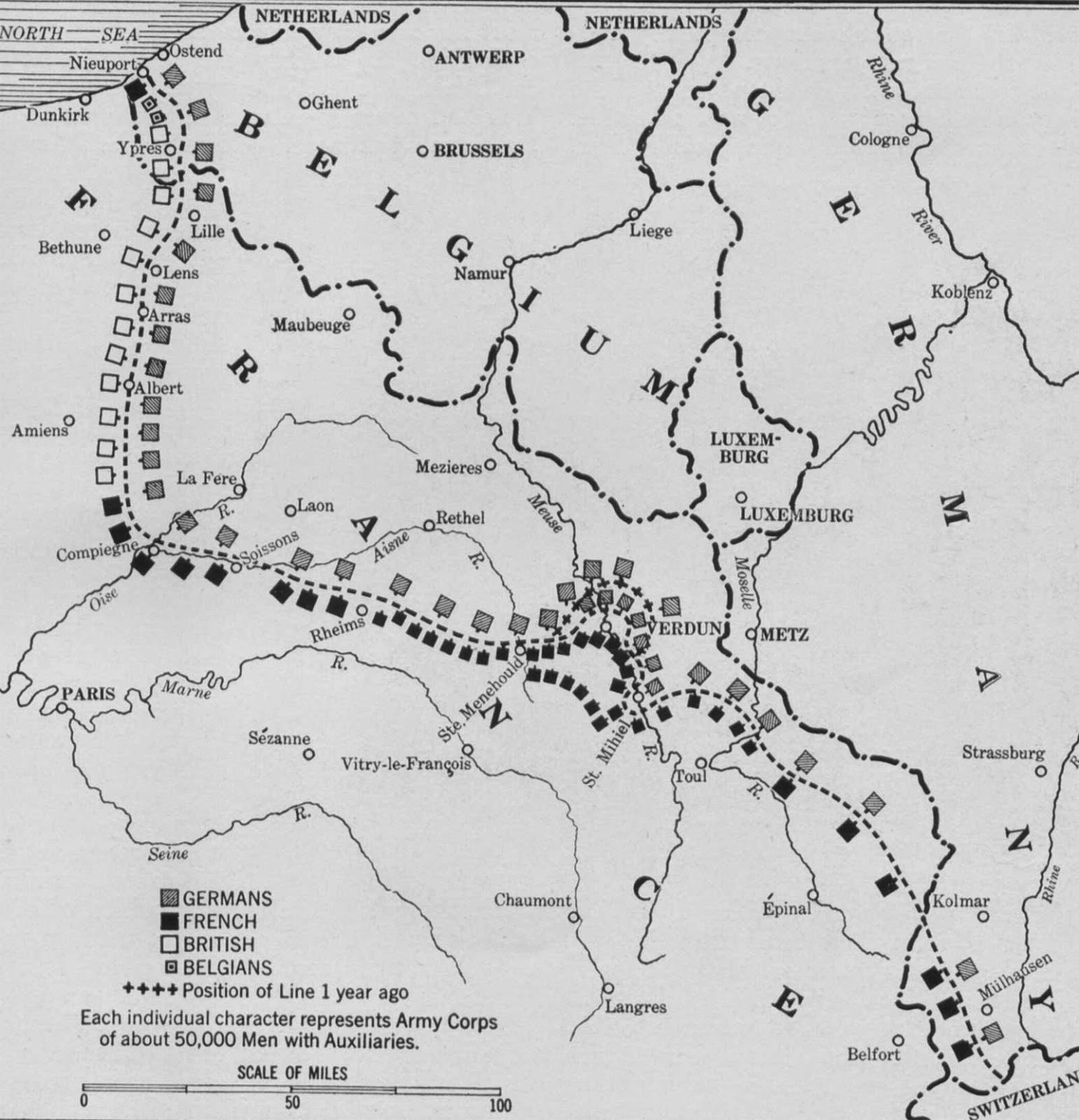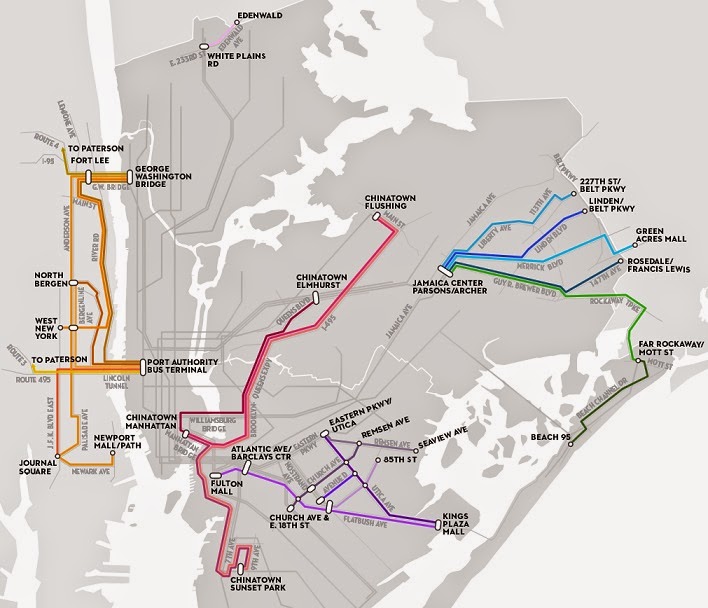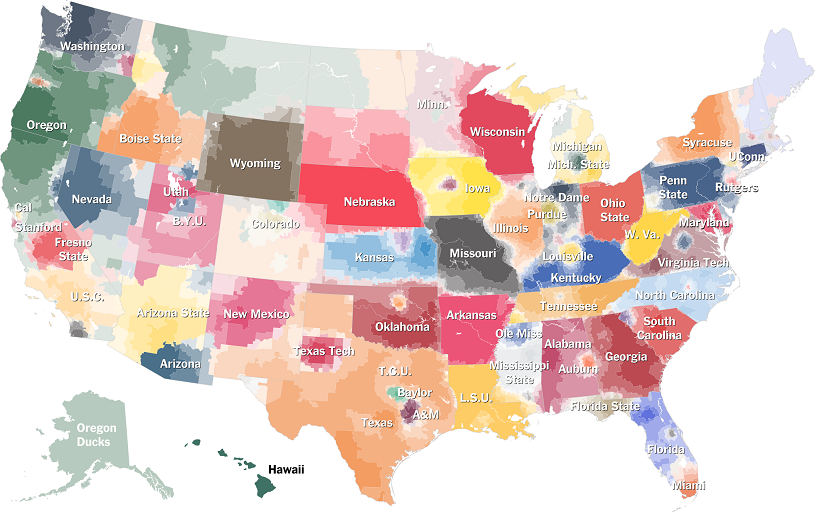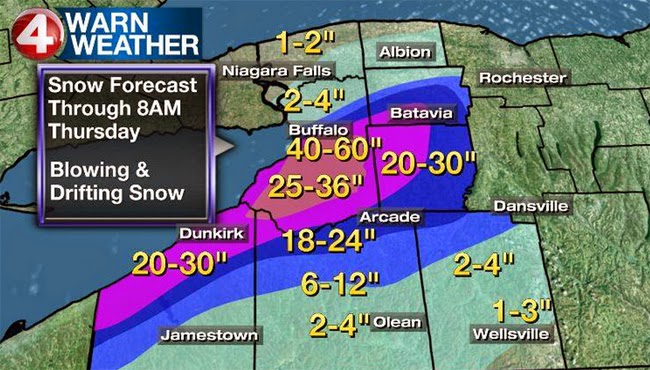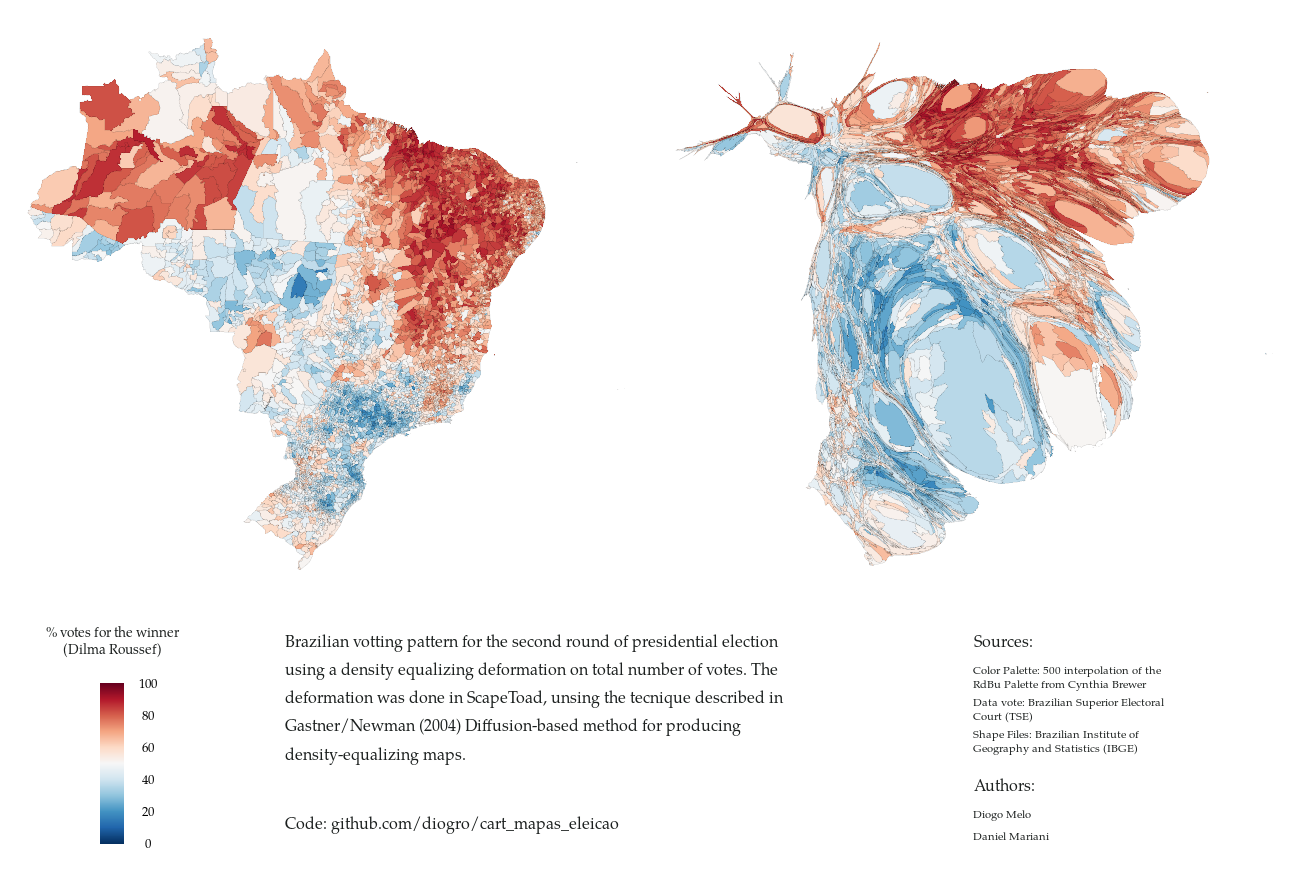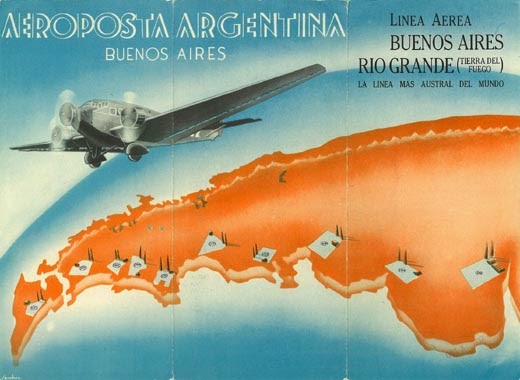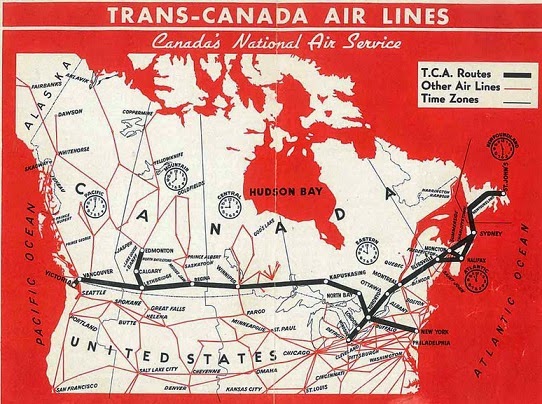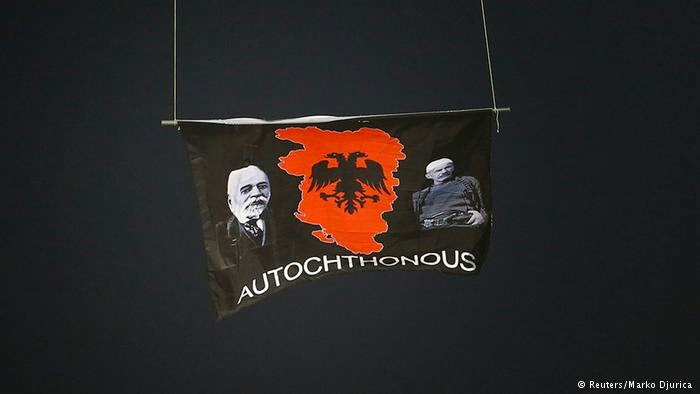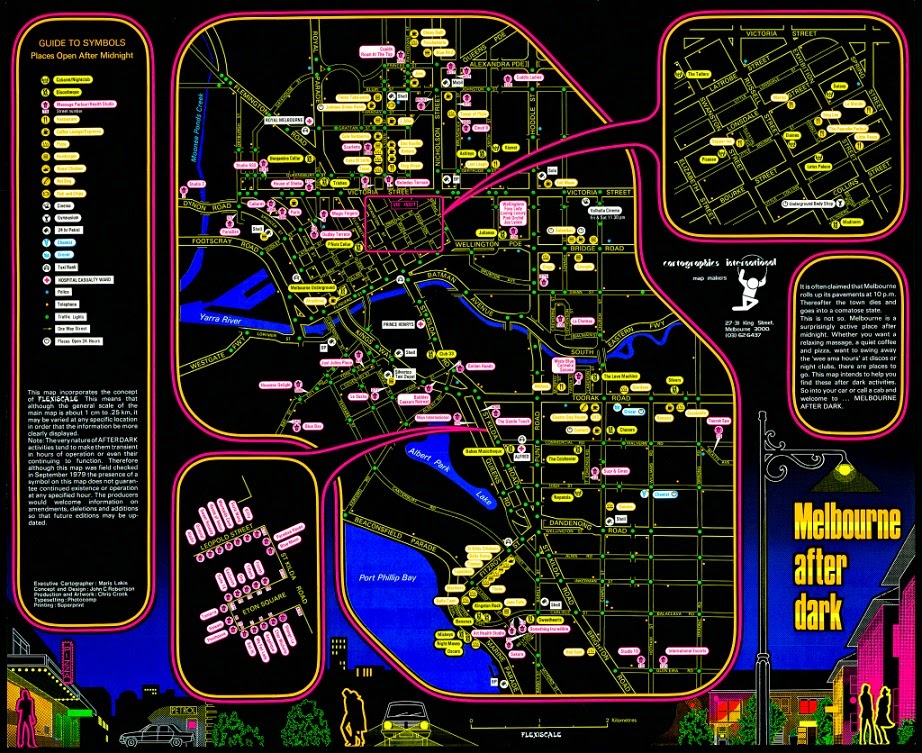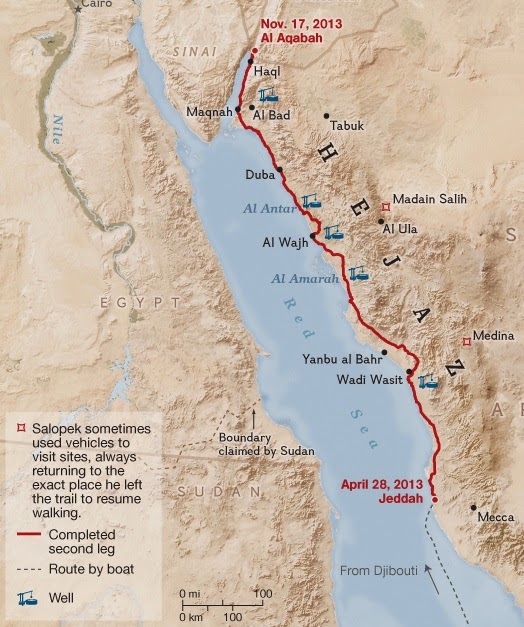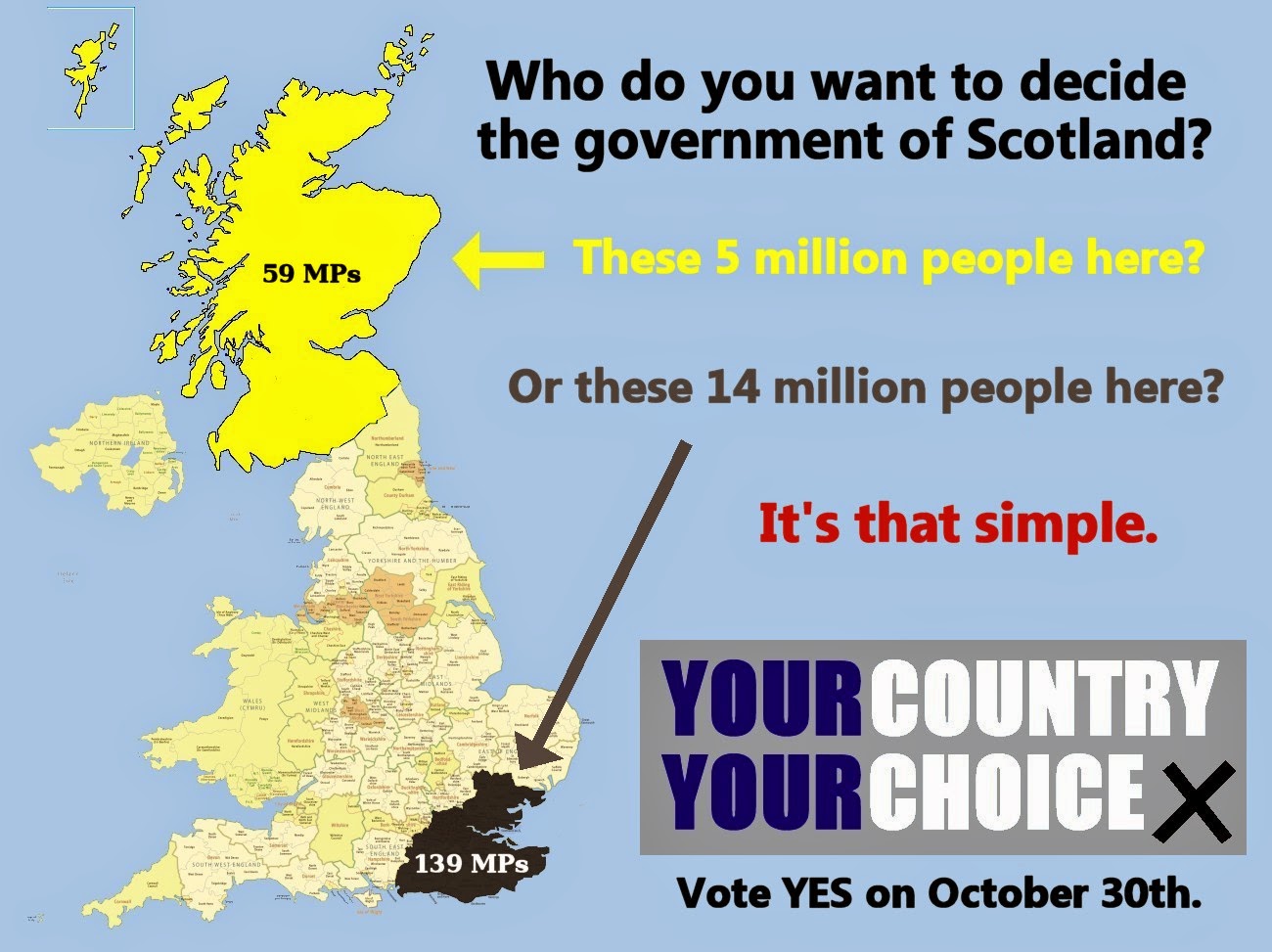A hundred years ago today the fighting stopped - temporarily. The Christmas Truce was a series of ceasefires along the Western Front. World War I had degenerated into a stalemate and trenches were dug along the front lines. Opposing trenches were often very close and after a couple of months of living in close proximity under miserable conditions, a degree of empathy arose between enemy combatants. Soldiers sang Christmas Carols to each other across the trenches and eventually emerged to help each other with burials, exchange rations and play football.
This map from Silent Night: The Story of the World War I Christmas Truce* by Stanley Weintraub shows the location of the front lines at the end of 1914.
Many soldiers on both sides felt little reason to hate the enemy troops. Some of the Germans had worked in England before the war and many of them knew enough British culture to sing familiar songs to the "enemy" troops. Military and political leaders were deeply troubled by this lack of hostility and actively discouraged future truces, punishing those who attempted them.
If the truce was in part a protest by the troops about the futility of their situation, the map below (from a military history site) justifies their sentiments. It shows the Western Front in the summer of 1916, almost completely unchanged after a year and a half of suffering and death. The front lines changed little until near the end of the war, almost four years after the Christmas Truce.
*Much of the information above is also from Weintraub's book-link here.
This map from Silent Night: The Story of the World War I Christmas Truce* by Stanley Weintraub shows the location of the front lines at the end of 1914.
 |
| Map image from Google Books |
If the truce was in part a protest by the troops about the futility of their situation, the map below (from a military history site) justifies their sentiments. It shows the Western Front in the summer of 1916, almost completely unchanged after a year and a half of suffering and death. The front lines changed little until near the end of the war, almost four years after the Christmas Truce.
*Much of the information above is also from Weintraub's book-link here.

